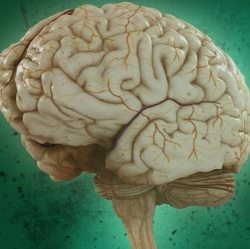
IBM has been working with DARPA’s Systems of Neuromorphic Adaptive Plastic Scalable Electronics (SyNAPSE) program since 2008 to develop neuromorphic computing systems that work like brains. Now the company has unveiled the system to the public as part of a three-week training session for researchers.
The TrueNorth system, uses modular chips that act like artificial neurons. By stringing multiple chips together researchers can essentially build an artificial neural network. The version that IBM just debuted contains about 48 million connections, which is roughly equivalent to the computing capacity of a rat’s brain.
These systems are ideal for operating deep learning algorithms, the computational artificial intelligence development behind the explosion of image recognition, speech recognition, and many other advances.
Neuromorphic systems also have the benefit of modelling their power requirements on biological brains, using a fraction of electrical needs and space used by typical computers. For example, a TrueNorth chip contains 5.4 billion transistors but only uses 70 mw of power. An Intel processor, conversely contains just 1.4 billion transistors and draws between 35 and 140 watts.
According to Wired’s Cade Metz, researchers who got their hands on the chip at an engineering workshop in Colorado the previous month have already developed software that can identify images, recognize spoken words, and understand natural language. Basically, they’re using the chip to run “deep learning” algorithms.
